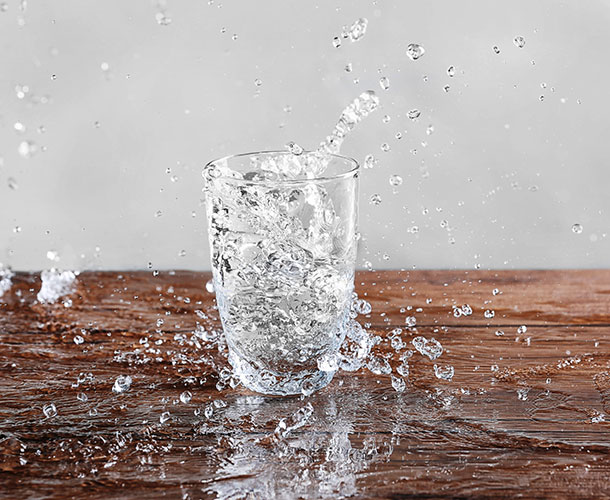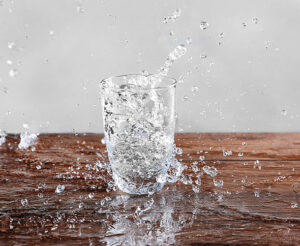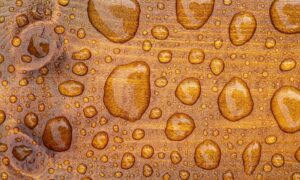When it comes to selecting plywood for your furniture or construction projects, the choices can be overwhelming. Among the most commonly debated options are BWR (Boiling Water Resistant) and BWP (Boiling Waterproof) plywood. But what sets them apart, and which one should you choose? Let’s dive into the details to help you make an informed decision.
Understanding BWR Plywood:
BWR plywood, standing for Boiling Water Resistant, is engineered to withstand exposure to water and moisture. It’s an excellent choice for areas with high humidity levels, such as kitchens and bathrooms. While not completely waterproof like BWP plywood, BWR plywood offers sufficient protection against water-related damage.
Exploring BWP Plywood:
On the other hand, BWP plywood, or Boiling Waterproof plywood, takes water resistance to the next level. Designed to endure prolonged exposure to water without delamination, BWP plywood is the go-to option for outdoor applications and areas prone to heavy moisture, such as boat building and outdoor decking.
Key Differences between BWR and BWP :
- Water Resistance Levels:
- BWR plywood offers resistance to water and moisture but may not withstand prolonged exposure to heavy rain or extreme weather conditions.
- BWP plywood, being waterproof, can endure even the harshest environmental conditions without compromising its integrity.
- Suitability for Applications:
- BWR plywood is commonly used for interior furniture and fittings where occasional exposure to water is expected.
- BWP plywood finds its niche in outdoor furniture, marine applications, and areas where consistent exposure to water is anticipated.
- Durability and Longevity:
- While both types of plywood are durable, BWP plywood tends to have a longer lifespan due to its superior water resistance properties.
- BWR plywood, while resilient, may require more frequent maintenance and replacement in areas with heavy moisture exposure.
- Cost Considerations:
- Generally, BWP plywood is priced higher than BWR plywood due to its enhanced waterproofing capabilities.
- The choice between the two often comes down to budget constraints and the specific requirements of the project.
Making the Right Choice:
Ultimately, the decision between BWR and BWP plywood boils down to the intended application and budget considerations. If your project demands maximum water resistance and durability, investing in BWP plywood may be the way to go. However, for interior applications where occasional water exposure is expected, BWR plywood offers a cost-effective solution without compromising on quality.
When it comes to choosing between BWR and BWP plywood, it’s essential to weigh the pros and cons against your project requirements. Whether you prioritize water resistance, durability, or budget, both types of plywood offer versatile solutions for a wide range of applications. By understanding the key differences between BWR and BWP plywood, you can make an informed decision that ensures the success and longevity of your projects.



